Benatky: Tycho and Kepler
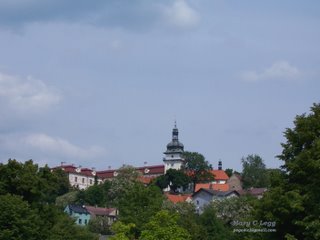
In 1599, the Benatky Palace was bought by Rudolf II who although being Catholic, had great interest in things arcane and boasted a court of artisans, alchemists and astronomers, some with overlapping abilities. Tycho Brahe had just become persona non grata in Denmark for horrendously abusing his rights as a noble. Christian IV apparently had enough complaints of his tyrannical abuse while watching a tenth of all Danish income support his lavish life on Hven. Given warning to reform and desist from abusive behavior of his citizens, Christian was not doubt justified in expelling the Tycho. Tycho had more than 11 villages and their income accumulating in his pockets which he had gained through royal charter of Frederich II. As a Royal Astronomer he received the island, Hven where he built Uraniborg and created his many astronomical instruments that were a wonder to the awakening world. Dispossessed, Tycho first went to Germany, but found no patronage. To curry favor, he wrote letters and sought patronage through the promise of publishing new discoveries and scientific expertise. Rudolf II offered him the palace at Benatky which he could modify to satisfy his needs. Tycho arrived with his family and part of his instruments. He had to leave the large ones behind him in Hven.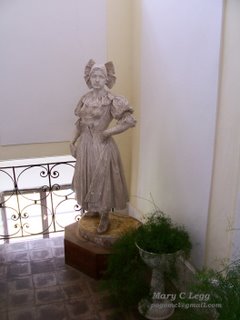
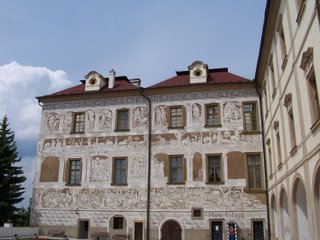
Kepler had been expelled from his job in Graz. Not that he was a brilliant mathematician, but because he would not submit to the new order of Catholicism there. Moreover, he was in rebellion with the Lutherans and Protestants because he ascribed to Copernician theory that the earth orbited the sun. However, it took him most of his life to debunk the myth of a universe constructed on perfect solids and epicycles with perfect orbs in circles to recognizing elliptical orbits. He had no money and had no ablity for complex calculations for which Tycho was notorious. He perceived Tycho to be the perfect solution for his professional problems and apparently Tycho understood the dire straits of Kepler to exploit them to suit his own interests. He gave the invitation and Kepler arrived in Prague to join Tycho in Benatky. Astronomically, they were both fiery temperaments about to collide. Tycho rcognizing the weaknesses of Kepler, gave him the impossible task of analyzing the orbit of Mars. Kepler admitted he had no knowledge of complex mathematics and became dependent on Tycho's superior analytical abilities and largesse.
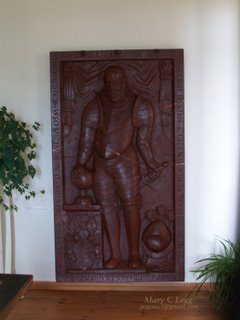
Almost a year afterwards in 1601, Tycho died suddenly, apparently of heavy metal poisoning. Kepler free of his tyrant, became the Royal Astronomer until the demise of Rudolf II which left him without much political protection, despite patronage of the Jesuits in Prague who were in need of astronomical research for their far flung world missions. At the time, Jesuits were actively teaching heliocentric theory in China. Kepler stole Tycho's calculations which were finally published in 1627 in the Rudophine Tables to become the foundation of astronomical calculations for the next three centuries, including the 777 accurately catalogued stars of Tycho Brahe. The problem was elliptical, not circular thinking. This caused Galileo's error with the Inquisition. He refused to admit the previous work of Tycho and Kepler, insisting on perfect circular orbits without any scientific proof and then further antagonizing his interrogators by insulting them as stupid and unlearned whereas his chief interrogator was a prominently acknowledged astronomer.

Obviously in the unruly times before the outbreak of Thirty Years War and the Batttle of White Mountain, Prague was no longer safe for the outspoken Kepler. He left.
Benatky, which like all other Protestant havens became rigorously Catholicized after the Battle of White Mountain in 1620. The palace was given as bounty to the general Jan van Weerth who added the north wing to the castle. The palace was completed in 1702. Later it became the domain of the Catholic Hapsburg, ThunHohenstein—not to be confused with a famous general Thun who led the Estates allied with Sablat of the Protestant Union against Vienna in 1619. During the years of 1844-1847, young Bedrich Smetana instructed the children of ThunHohenstein the art of pianoforte. The piano still stands on the second floor of the palace which is today a museum of local history.
For a town of about 6000 inhabitants, it has more history than can be easily contained on a page and made incredibly complex by religious wars and astronomical debates which reach into the heavens.
To get to Benatky
Bus from Florenc, Stand 12 7am, 7:55am, 9:20 am, 12:15pm
pay on bus, approx 45 kc one-way
Return
catch bus at Ceska Sporitelna in Benatky 18:05, 20:40, 21:40
or walk to Lysa to catch the train. 18km train ticket: 66kc
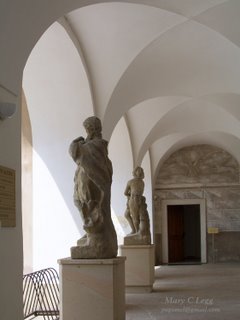
Museum entrance: 20kc
Offering of postcards and mementos. Small medals range in price from 80kc for the small basilisks and 300kc for a Tycho medallion.
Open Tuesday –Sunday
9:00 – 12:00 a 13:00 – 17:00
Zámek 49, 294 71 Benátky nad Jizerou
Telefon - 326 316 682
Benatky p1
http://www.gather.com/viewArticle.jsp?articleId=281474976759740
Wikipedia: Tyco Brahe
http://en.wikipedia.org/wiki/Tycho_brahe
Wikipedia: Kepler
http://en.wikipedia.org/wiki/Johannes_Kepler
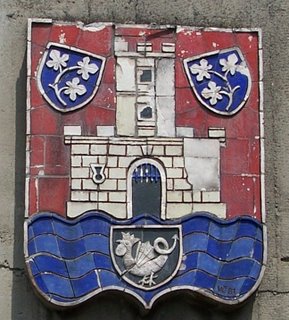
Benatky: Tycho and Kepler
http://pogomcl.googlepages.com/benatky%3Atychoandkepler







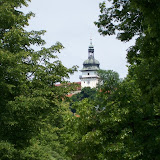

0 Comments:
Post a Comment
<< Home